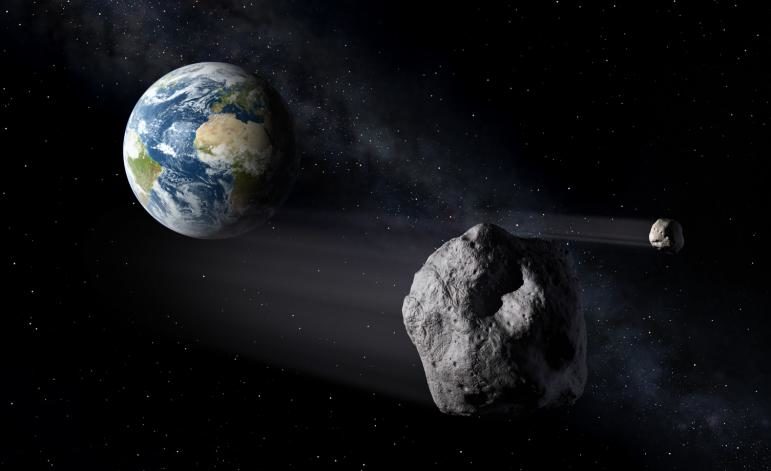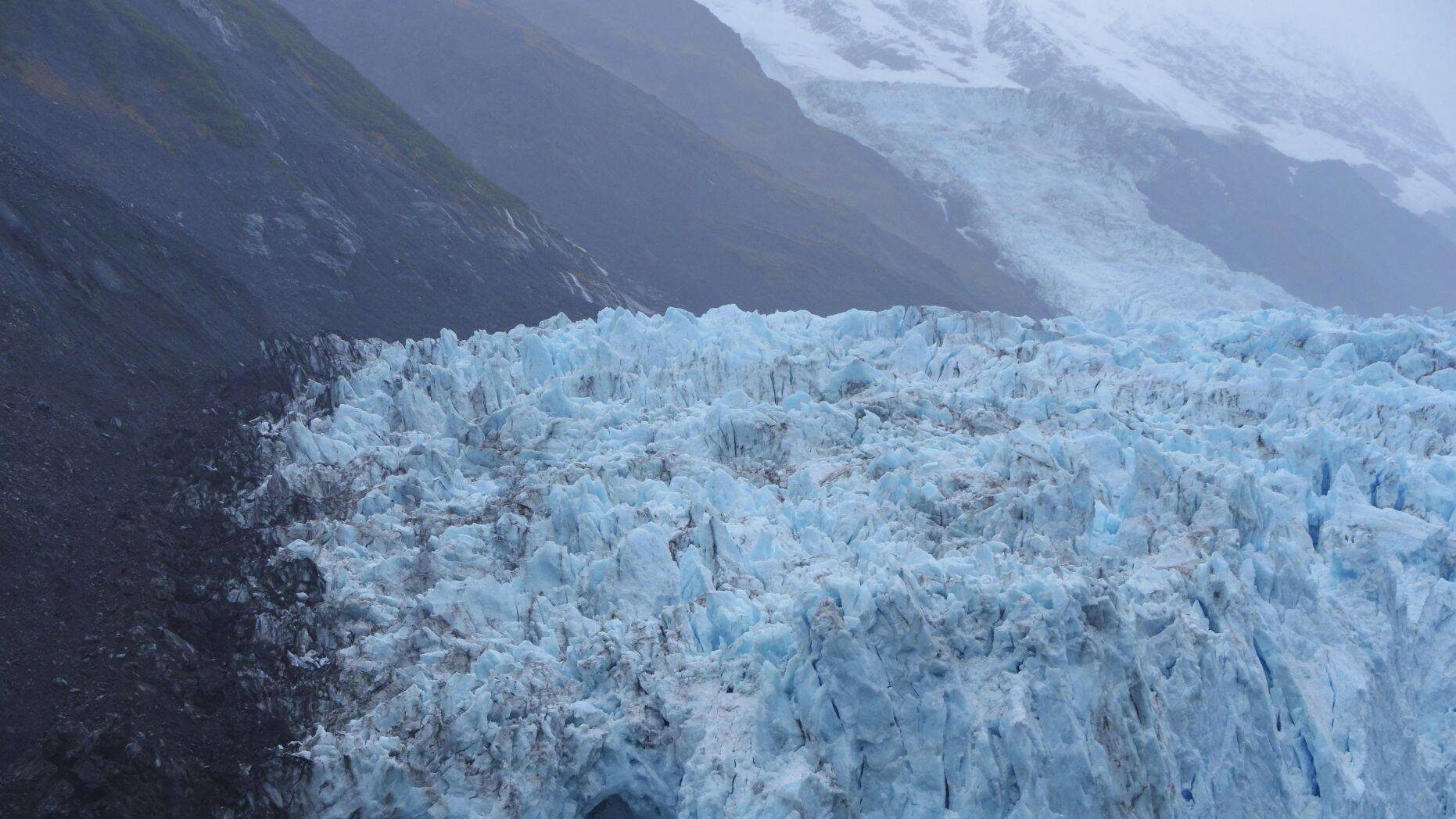OF THE
TIMES


Evolutionary novelty is difficult to define. It typically involves shifts in organismal or biochemical phenotypes that can be seen as qualitative as well as quantitative changes. In laboratory-based experimental evolution of novel phenotypes and the human domestication of crops, the majority of the mutations that lead to adaptation are loss-of-function mutations that impair or eliminate the function of genes rather than gain-of-function mutations that increase or qualitatively alter the function of proteins. Here, I speculate that easier access to loss-of-function mutations has led them to play a major role in the adaptive radiations that occur when populations have access to many unoccupied ecological niches. I discuss five possible objections to this claim: that genes can only survive if they confer benefits to the organisms that bear them, antagonistic pleiotropy, the importance of pre-existing genetic variation in populations, the danger that adaptation by breaking genes will, over long times, cause organisms to run out of genes, and the recessive nature of most loss-of-function mutations.Note: "In laboratory-based experimental evolution of novel phenotypes and the human domestication of crops, the majority of the mutations that lead to adaptation are loss-of-function mutations that impair or eliminate the function of genes rather than gain-of-function mutations that increase or qualitatively alter the function of proteins. Here, I speculate that easier access to loss-of-function mutations has led them to play a major role in the adaptive radiations that occur when populations have access to many unoccupied ecological niches." [?]
Andrew W. Murray, "Can gene-inactivating mutations lead to evolutionary novelty?" at Current Biology



Comment: See also: